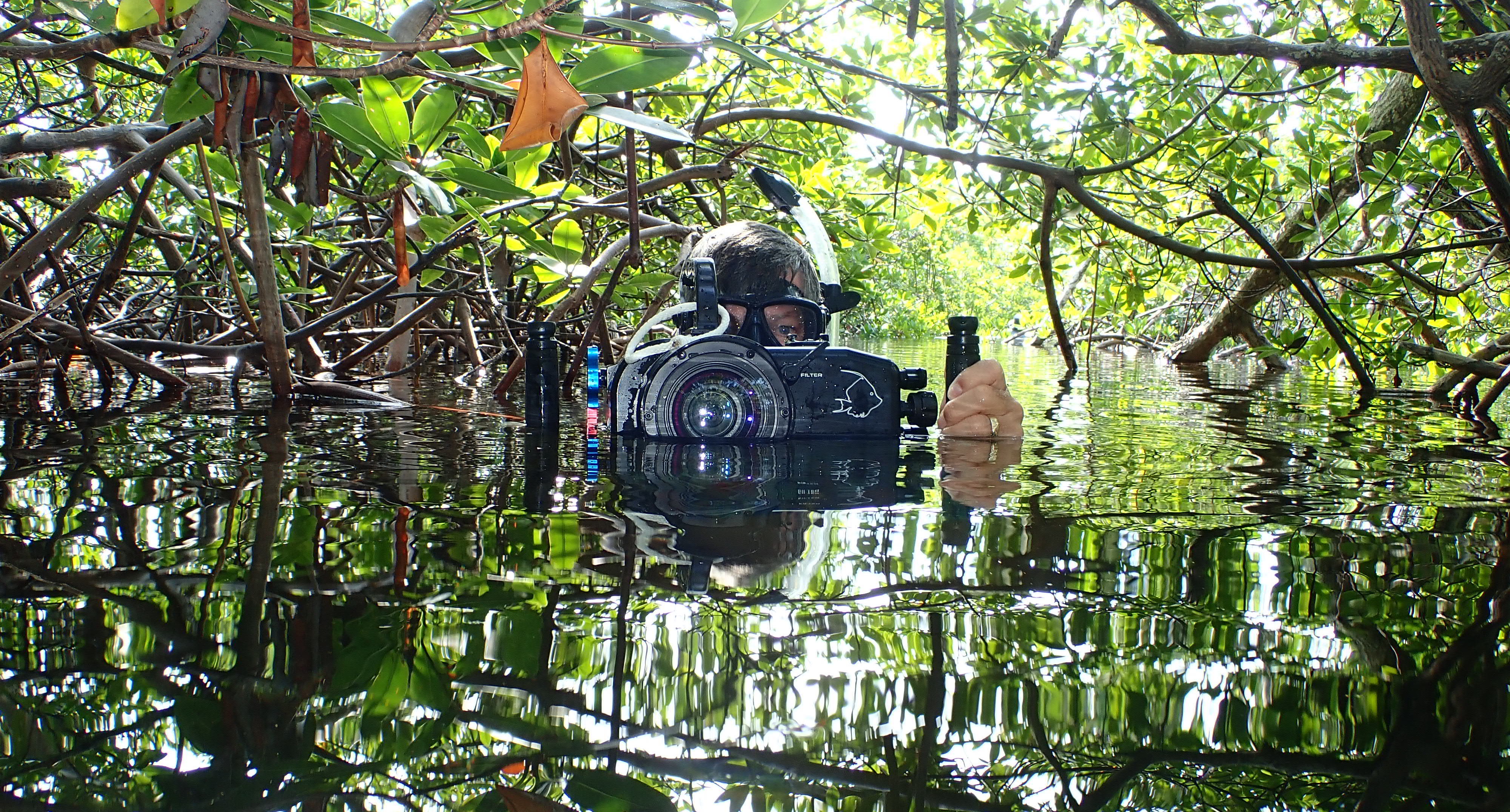Welcome to Terramar Productions llc
We are a full-service, digital media production company with capabilities ranging from initial conceptualization of a project through final client delivery. We currently feature tape-less HD and 4K workflows but our roots evolved through hi- and standard-definition videotape workflows, as well as film for small and giant screen theaters.
In addition to media production services, Terramar also offers an extensive media library of 4K, HD, and SD natural history, science, and industrial video footage from around the world. This moving image collection is available in our online library for preview/licensing with more than 12,000 video clips available for 24/7 viewing.
We like to stay busy, and as leader in natural history, training, and commercial cinema production, we would like to make a movie for you.
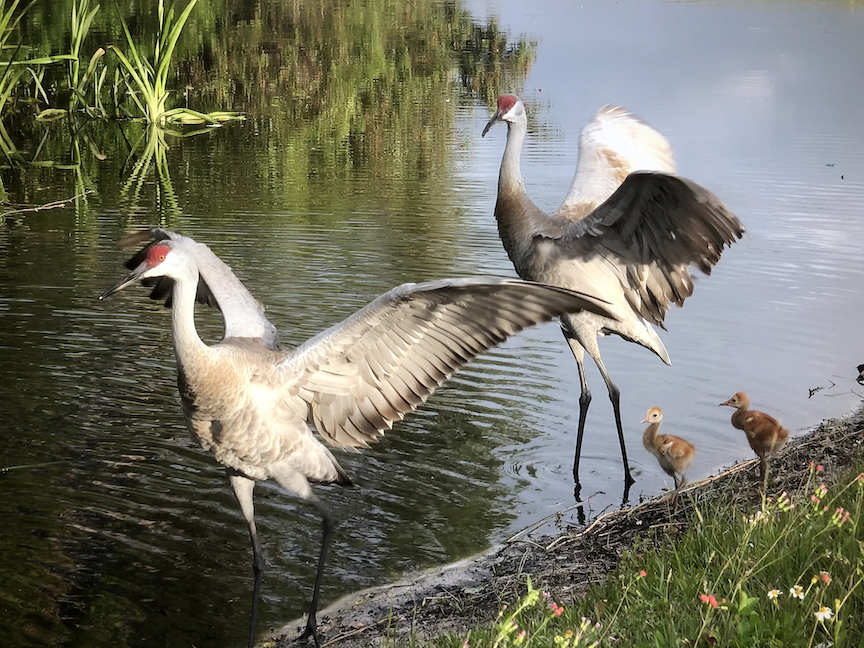
Urban ponds, or retention ponds as they are called in Florida, are a microcosm for aquatic, terrestrial, and avian creatures. Engineers design these catch basins into human-planned communities to hold rainwater runoff from streets during storms. The unintended benefit for wildlife is that each pond becomes its own ecosystem supporting a myriad of life. But, these ponds are far from idyllic and wildlife residing in them must be resilient! Wild rural plains and wetlands are protected and remain an ecological resource for fish, amphibians, wading birds, waterfowl, and other species that call these regions home. Urban ponds do not have the protection benefits of these other ecosystems. Urban trash, residential pesticides, and automotive pollutants routinely find their way into these ponds. Still, animals thrive in these urban ponds. Why? The scope of this project could be broad but my goal is to show the lifecycle of the urban pond and that animals which still thrive here in spite of pollution. These ponds have their own ebb and flow of life—from the tiniest micro-organisms to the macro fauna birds, reptiles, and fish—that all rely on the ephemeral existence of pond water.
This documentary short story is suited to a first-person narrative with an observational style rather than a heavily researched exposition on animal biology and relationships, water quality, and the science of pollution, runoff, and anthropogenic effects. The storyboard and script use techniques inclusive of over the shoulder wide shots of me filming and observing the pond’s non-human residents and migrants, as well as POV shots, close-up and wide angles of me preparing the camera gear, and the pond life seasonally. The goal is that I (as observer) am part of the story using some establishing shots but I am not the focal point, neither are the other animals the main point. Rather, the urban pond is the focal point. Most of the story is told visually and through a very brief narrative that I provide. There will be no on-camera talking heads.
Dolphinaria:
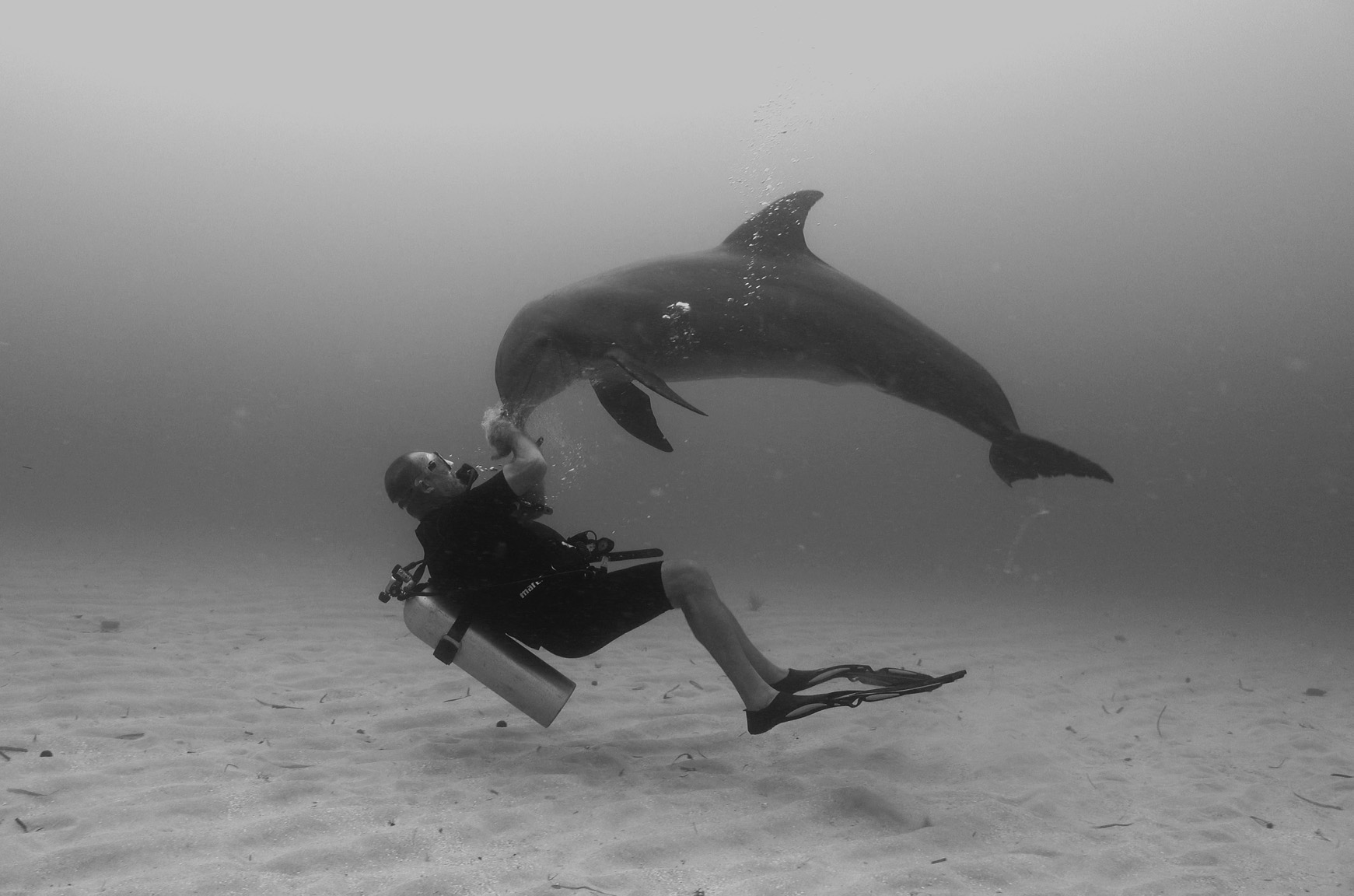
an honest, behind the scenes look into the lives of dolphins in managed care.
For nearly 80 years, humans and select populations of dolphins have lived and played together, formed friendships and other bonds, and learned from one another. We know that dolphins are intelligent, social, and playful. We’ve also learned that they have personalities and are creative and that they communicate with each other and us. Much of what we understand about dolphins comes from these associations formed with the dolphins living in our midst. High standards for health care and husbandry, as well as daily enrichment in many forms, all contribute to the well being of each animal. Dolphinaria is an in-depth and honest, multi-episode, behind-the-scenes visit into the lives of dolphin populations in managed care.
Goliaths in the Stream
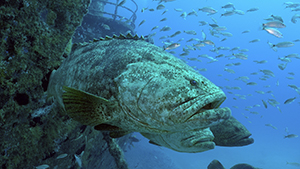
“Goliaths in the Stream", introduces the public to the largest reef fish in the Caribbean. Goliath Grouper are largely unknown by most people, hated by fishermen but loved by divers. This iconic species neared extinction in the early 90s but has recovered to some extent. Habitat loss and environmental issues still thwart their complete recovery but there may be hope. Four years of shooting amazing visuals and expert on-camera interviews tell the story how it is.
Animal Creativity:
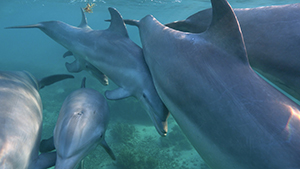
In recent years, creativity in animals has become a more accepted method to measure cognitive ability in humans, but not much is known, or understood, about creative behaviors in animals. It is possible that creativity could be used as a valuable tool to assess cognition in non-human species and allow for subsequent comparison of human to non-human thought processes. A direct comparison may provide insight on the evolution of cognitive abilities in humans by allowing scientists to understand which traits are shared and which are not.

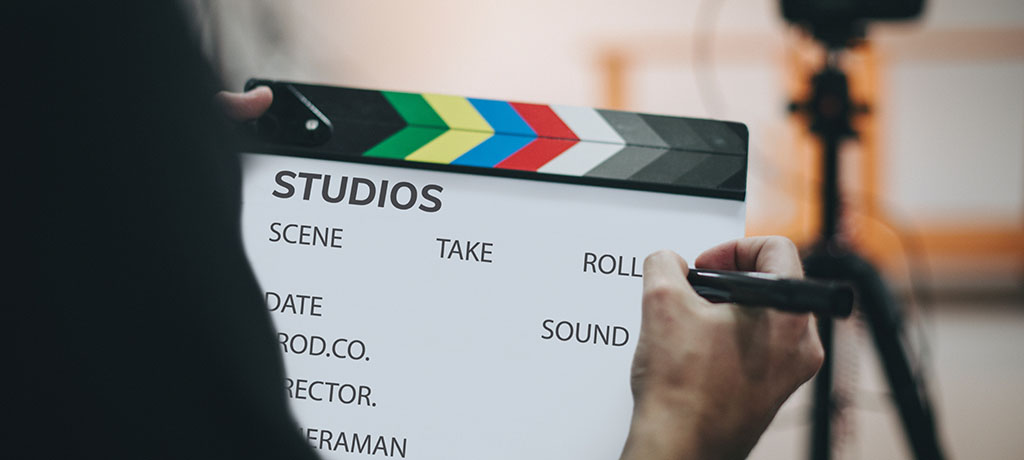
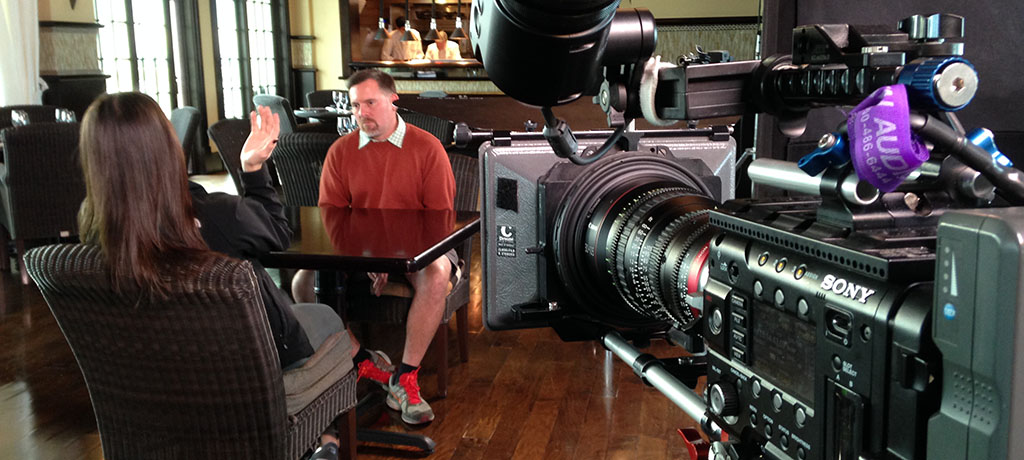
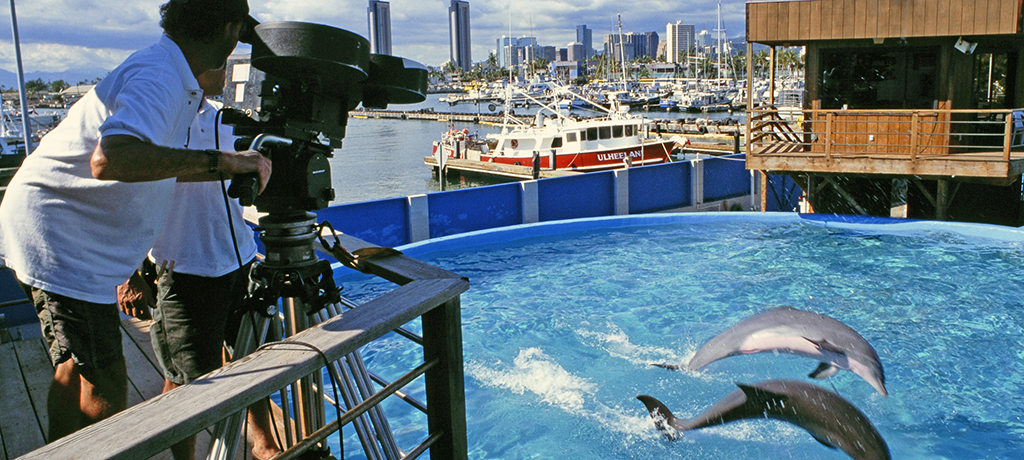

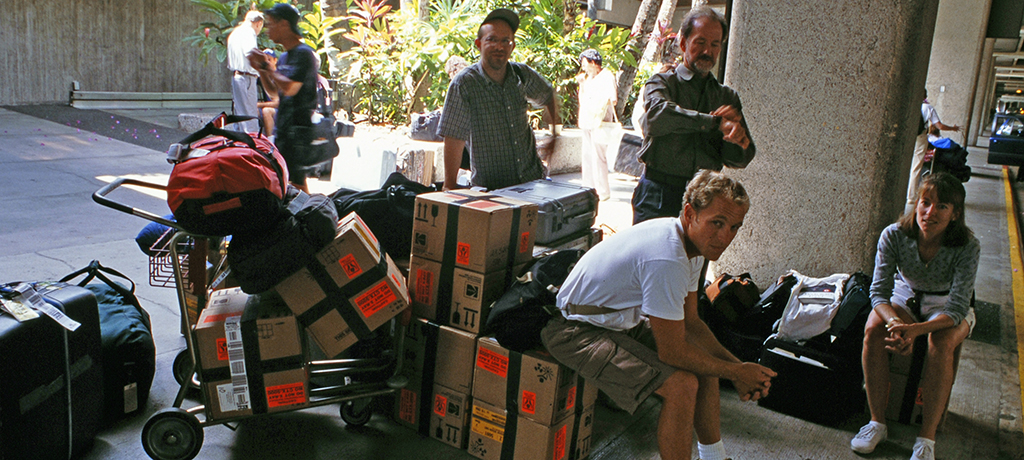
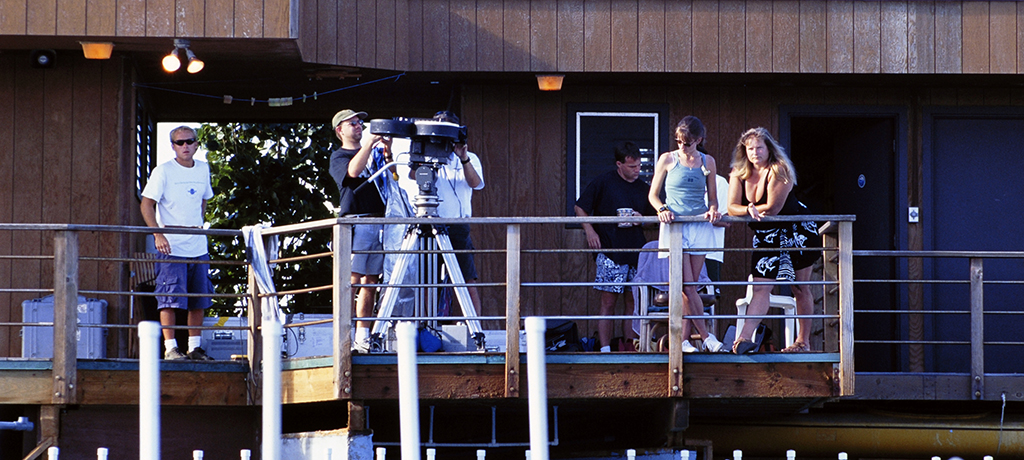
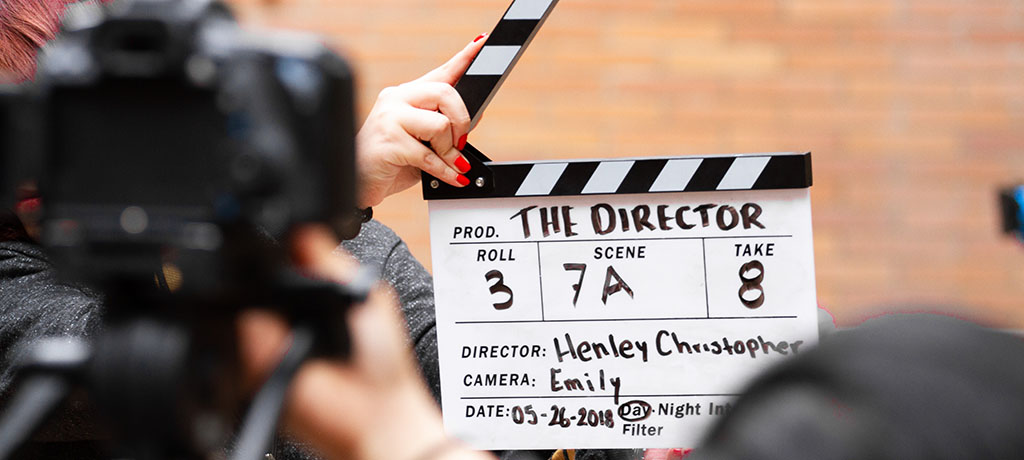
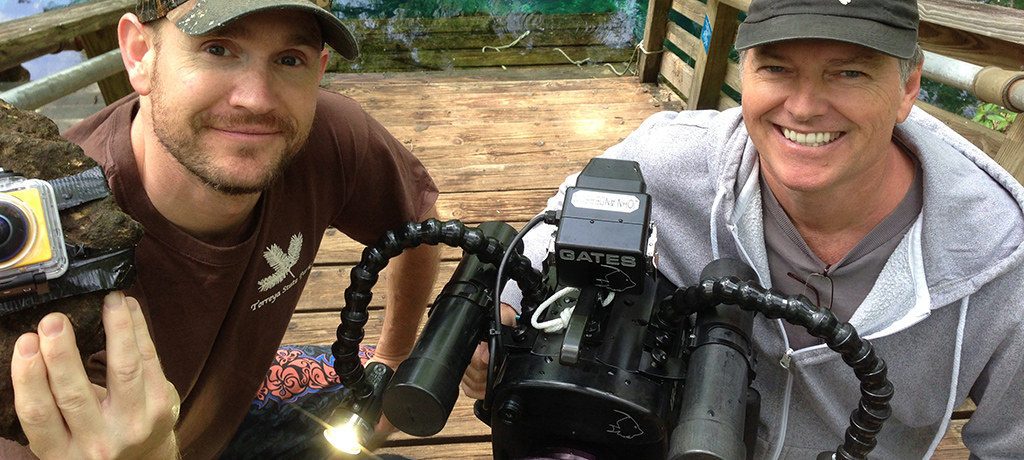
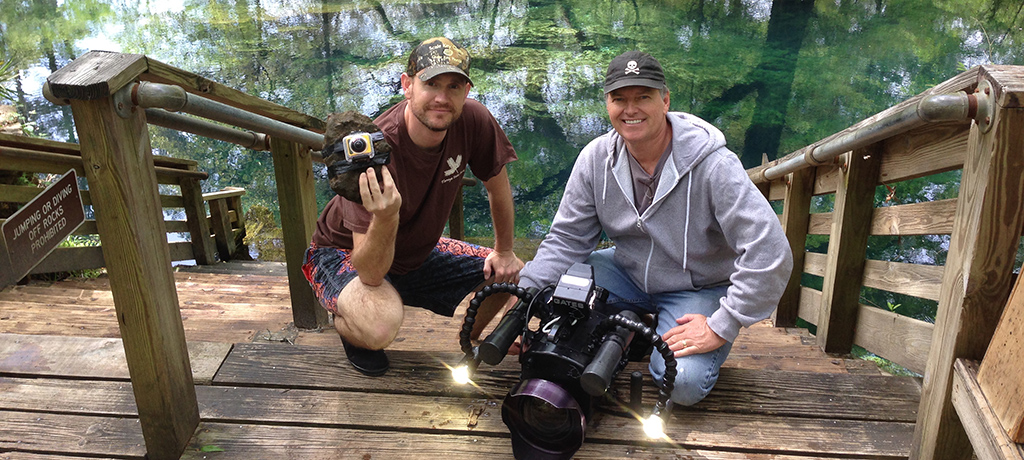
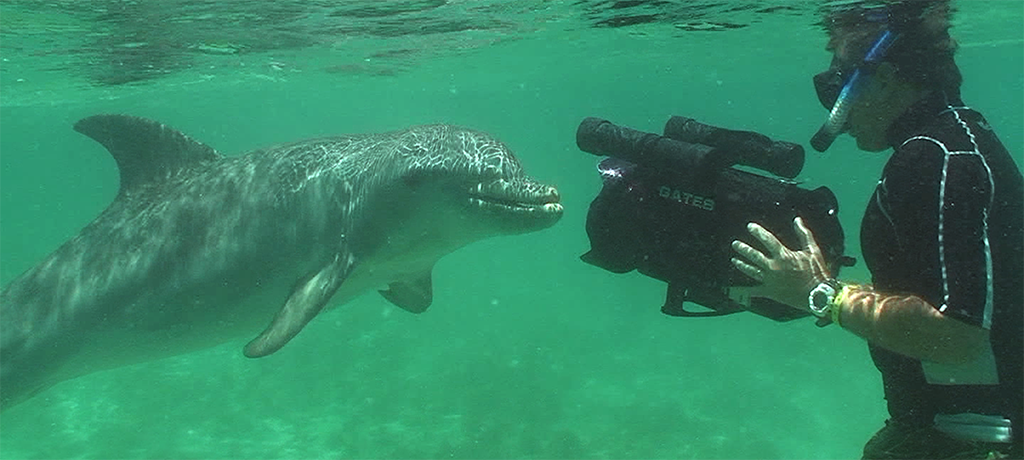
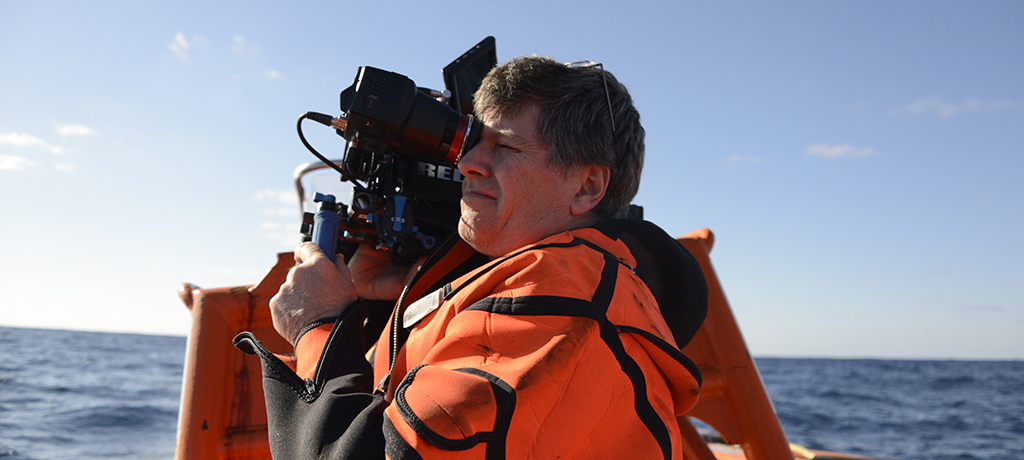
.jpg)
